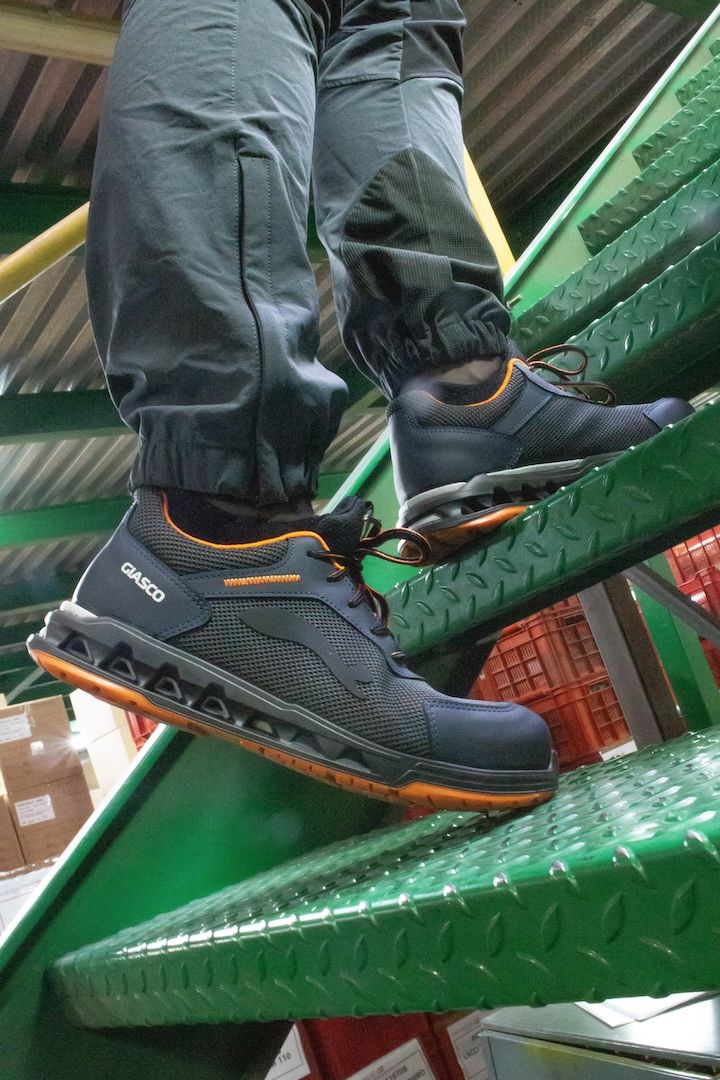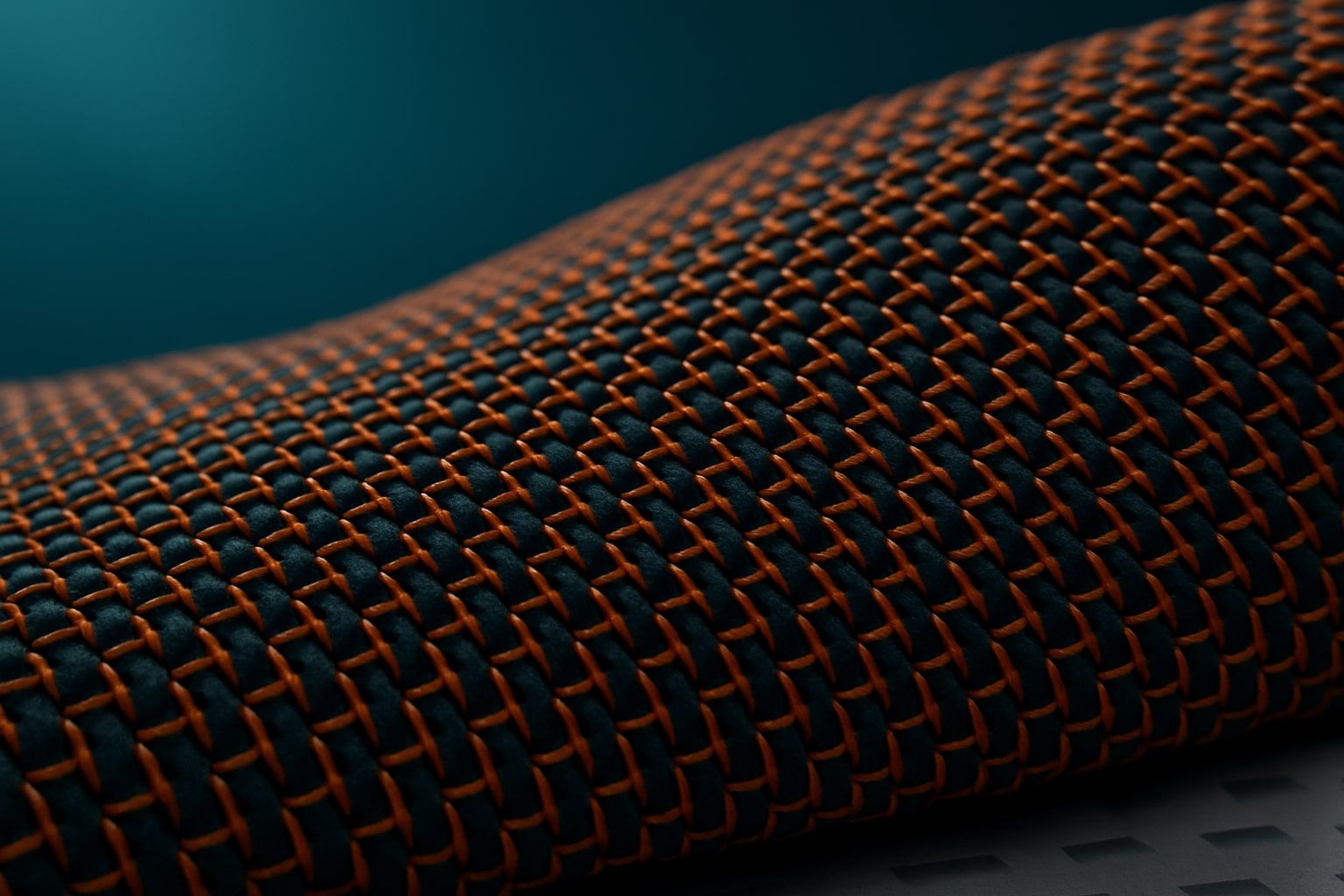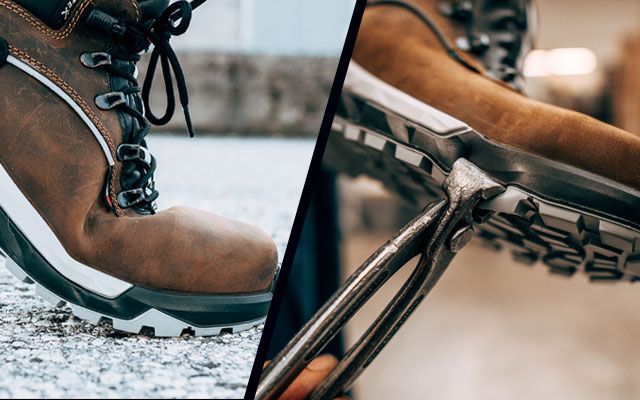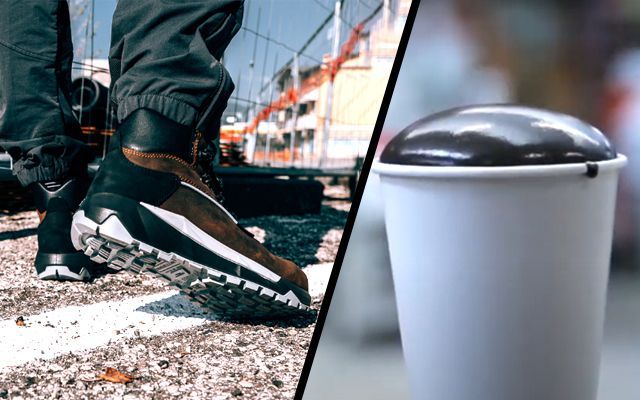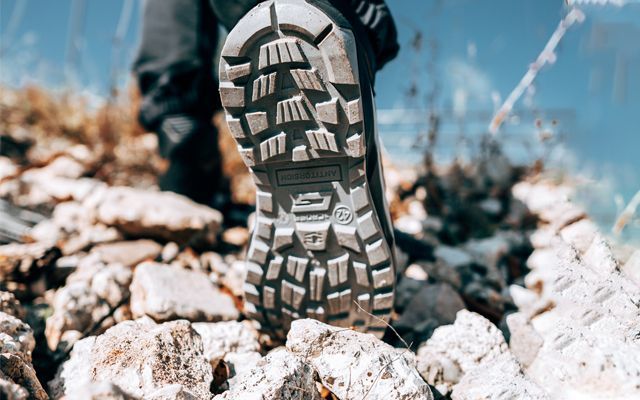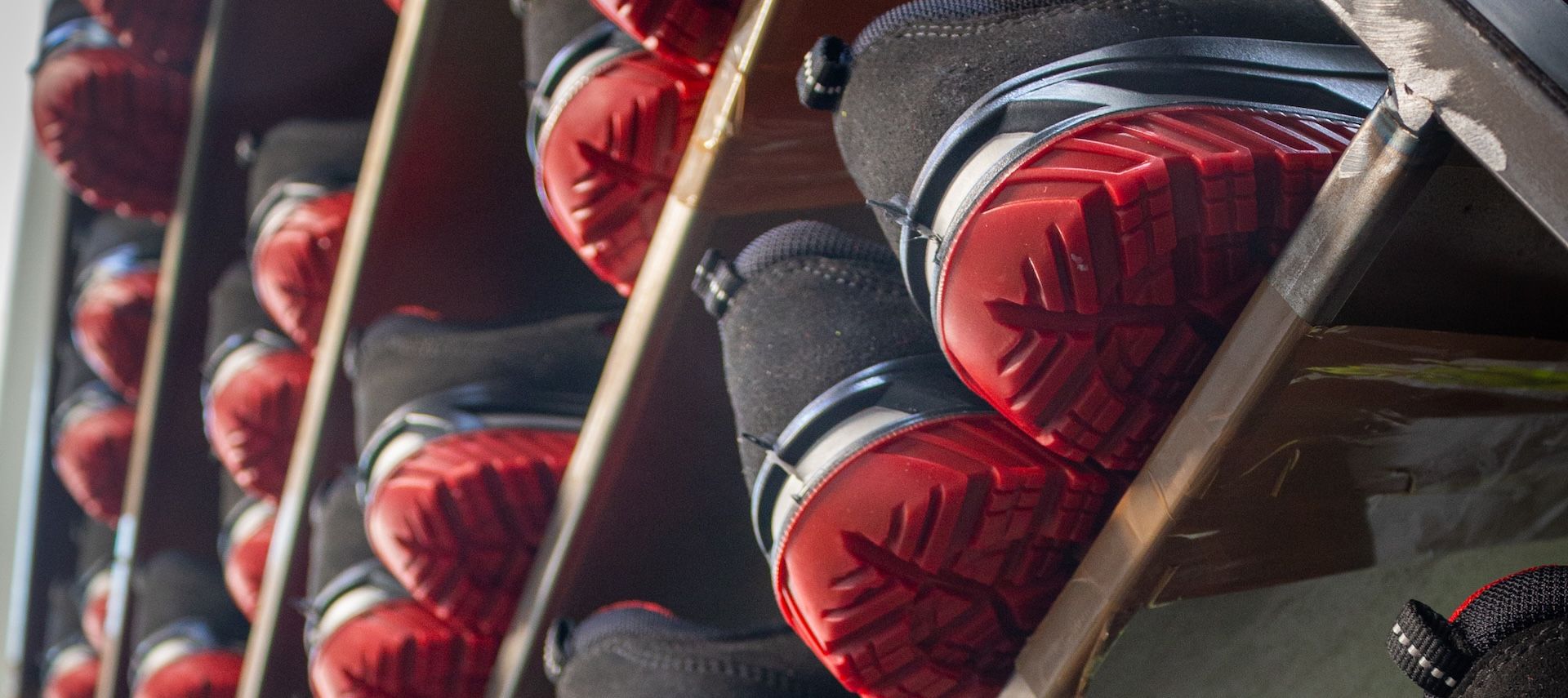-
Products
- 3CLOUD - Elasticity
- 3ULTRA - Difficult Terrains
- 3ULTRA RUBBER - Extreme Conditions
- 3MOVE - Ergonomic
- 3HYBRID - Cushioning
- 3CROSS - Stability
- 3RUN - Agility
- KUBE - Supergrip
- ACTION - Essential
- CITY - Urban Style
- HARD ROCK ANTISTATIC - Durability
- HARD ROCK INSULATING - Dielectric Sole
- 3CLOUD - Élasticité
- 3RUN - Agilité
- KUBE - Supergrip
- 3CLOUD - Elastizität
- 3RUN - Agilität
- KUBE - Supergrip
- 3CLOUD - Elasticidad
- 3RUN - Agilidad
- KUBE - Supergrip
- Accessories
- See all
- Sectors
- Technologies
- Production
- Company
- Contacts
Request further information

Request further information

Request further information

Always stay one step ahead in the world of safety
Subscribe to our newsletter and get early access to:
- The latest innovations in safety footwear
- Case studies and secrets for workplace protection
- Insights into industry regulations
- Events, trade fairs and exclusive meetings with experts
